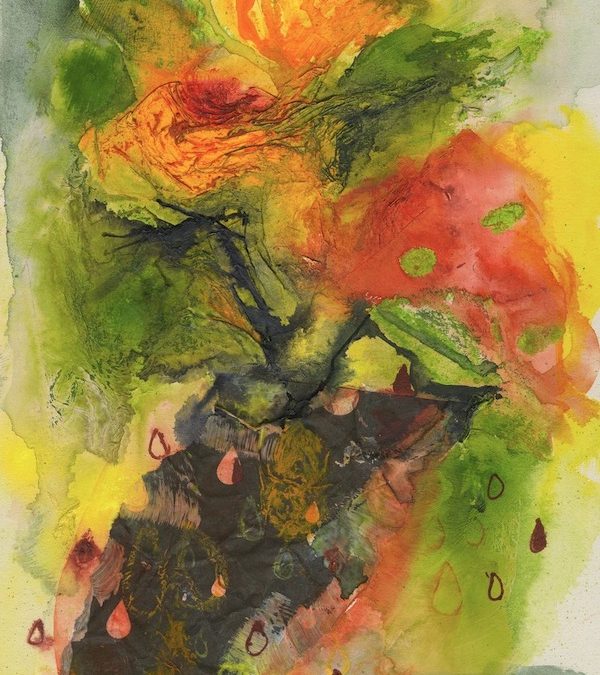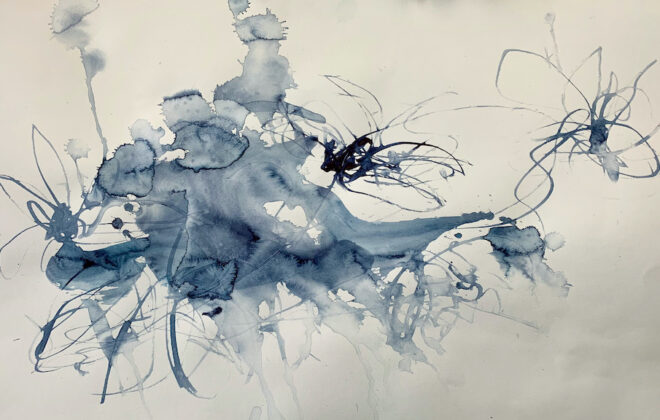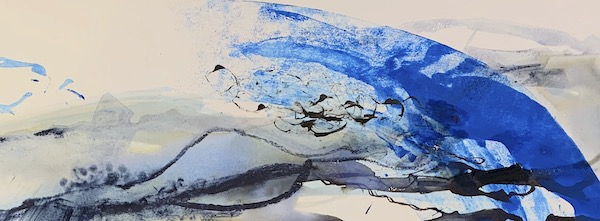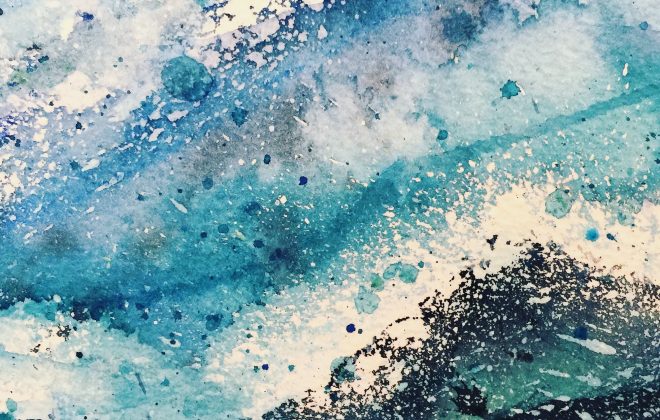Finding Your Artistic Voice
We hear a lot about artists finding an artistic voice. For a long time, I thought that was just a distinctive style, but it’s so much more than that.
Firstly, creating art is a process, not just a result. If your work stops developing, or you stop experimenting, the work will inevitably stagnate. That is a certainty. So the quest for finding an artistic voice could well be a fruitless one. Because once you find a style that excites and pleases you, there will come a time when you’ll want to explore further and change it again.
My sister, Lori Bentley tells the story of an art college lecturer who said that as soon as students gave themselves the label, ‘artist’ they would stop learning and cease to be an artist. Although I understand the philosophy, I can’t agree with the absolute rule of not calling yourself an artist. I think the opposite may be true. Reaching the stage of your creative development where you can own your identity as an artist is liberating, and it allows you the freedom to embrace change in your work.
None of this means that you can’t find an artistic voice. It simply means that an artistic voice doesn’t have to be static. It can move and morph and develop. I would go as far as to say that it should do those things to retain a freshness and a creative edge.
I am currently going through a phase of change which means I have a strong urge to change many of my older works. But then again, I know they are a reflection of a stage along the journey so they all have validity, and I should embrace them for what they are – no matter when they were created.
Start finding your artistic voice
There are some things that you can start to identify which will help you with the process:
- Make a list of things that you are passionate about. Is it people, places, or things?
- Be as specific as you can
- Think about what aspect you care deeply about.
[For example, I care about the natural environment and I want to share my love of wild spaces with other people. Hence my love of landscape. As a child, I climbed trees as often as I could. Trees frequently appear in my paintings.]
- Write down all the things that motivate you to paint
- A View
- A sound
- A feeling
- An idea
[What do you want to say about these things? What message do you want to convey?]
- And then think about some specifics aspects of your painting style:
- What colours are you drawn to use?
- Do you always pick up the same brush or mark-making tools?
- Is there a particular medium you love?
- Are your marks recognisably from your hand?
[We often have a particular style of mark and it can take a while to recognise that.]
These aspects of your art are the building block of your artistic voice. The more you explore and develop your style, the more distinct your voice will be.
Share this:
Related Posts
Leave a Reply
Recent Posts
Recent Comments
- vandy on From pulp to perfection: The art of making watercolour paper
- What Is Watercolor Paper? | Print Wiki on From pulp to perfection: The art of making watercolour paper
- Jessica on Cleaning Used Acrylic Painting Water
- vandy on What my art taught me about myself
- Terri Webster on What my art taught me about myself
Archives
- October 2024
- May 2024
- March 2024
- January 2024
- October 2023
- May 2023
- January 2023
- December 2022
- November 2022
- October 2022
- September 2022
- September 2021
- July 2021
- June 2021
- May 2021
- April 2021
- March 2021
- February 2021
- January 2021
- December 2020
- November 2020
- October 2020
- September 2020
- August 2020
- July 2020
- June 2020
- April 2020
- March 2020
- December 2019
- November 2019
- October 2019




